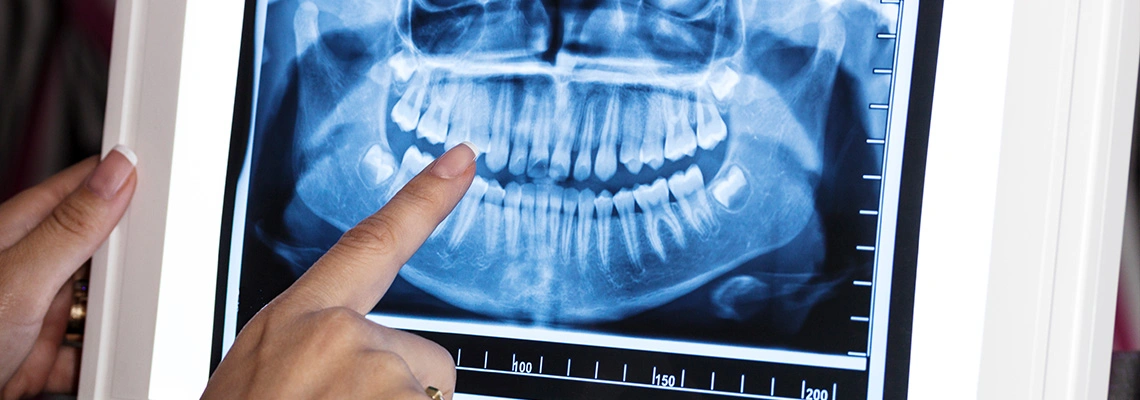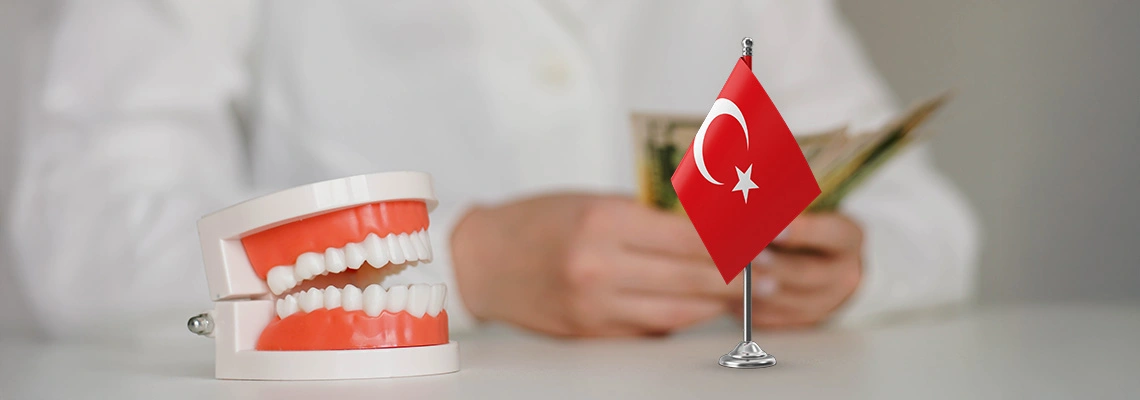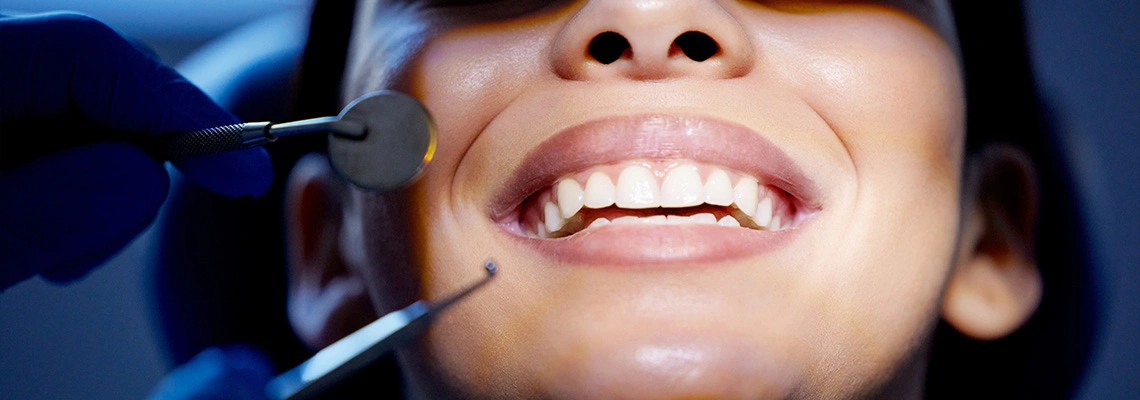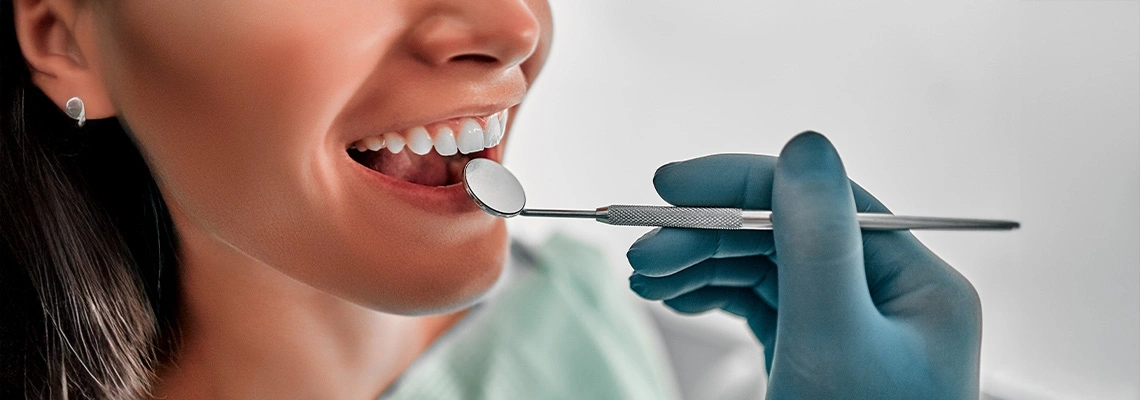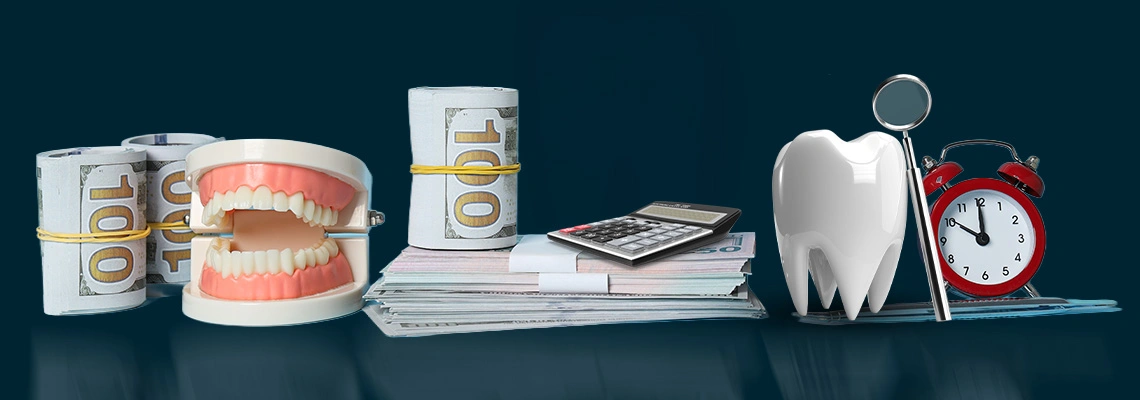Hair transplant side effects are a common concern for individuals considering this procedure. Many wonder if it's a safe option and if there are significant drawbacks to consider. This comprehensive guide will address these questions and provide detailed information about the potential side effects of hair transplantation.
Table of contents:
- Is hair transplant safe or not?
- What are the disadvantages of hair transplant?
- What are Hair transplant side effects for males?
- What are Hair transplant side effects for females?
- Are there any long-term side effects of hair transplant?
- Are there any side effects of FUE hair transplants?
- How about the side effects of Dhi Hair transplant?
- Can hair transplants go wrong?
Is hair transplant safe or not?
Hair transplantation is a highly effective and safe cosmetic surgical procedure that can achieve a success rate of up to 95%. The expertise of the surgeon is paramount to the procedure's success, but as with any surgical intervention, potential complications like swelling, bruising, and bleeding may occur.
Related articles:
What are the disadvantages of hair transplants?
Like any surgical procedure, hair transplantation can come with some discomfort or side effects, including:
-
Hair loss: In some cases, hair may shed shortly after the procedure.
-
Scalp inflammation: The scalp or hair follicles may become inflamed.
-
Post-operative pain: Patients may experience mild to moderate pain, which is usually managed with pain relievers.
-
Anesthesia complications: There is a risk of complications related to anesthesia and its dosage.
-
Scalp bleeding: Bleeding from the scalp can occur.
-
Scalp swelling: Swelling or edema of the scalp may develop.
-
Intense itching: Patients may experience severe itching of the scalp.
-
Infection: Infection is a potential complication.
-
Donor area crusting: Crusts may form in the area where hair was extracted.
-
Periorbital bruising: Bruising around the eyes may occur.
-
Sensory changes: Patients may experience numbness or tingling in the scalp, or altered sensation in the donor or recipient areas.
What are the side effects of hair transplants for males?
The basic principles of hair transplantation for men are similar to hair transplantation for women, but there are clear differences in the pattern of hair loss in men with baldness, such as receding hairline or crown baldness, and also the inconsistency with the expected results, especially since men usually resort to modifying the defined hairline. In men, we can distinguish some side effects of hair transplantation in the short term:
-
Swelling, which often affects the scalp, forehead, and eyes, is common and disappears within the first few days.
-
You may experience some pain, which is also common and disappears within a few days, and you may need certain painkillers prescribed by your doctor.
-
Minor bleeding may occur at the beginning of the procedure in the donor and recipient areas, depending on the hair transplant technique used.
-
Small crusts may form around the transplanted hair follicles if you experience bleeding after the hair transplant procedure, and these crusts fall off within two weeks and should be avoided to ensure proper healing.
-
Hair transplantation causes inflammation and often leads to inflammation in the recipient area, and this redness will disappear within a few weeks.
-
Feeling numbness and tingling after the hair transplant is a normal reaction, and this feeling disappears within the first few weeks.
-
Itching is also one of the side effects of hair transplantation and occurs during the first or second week after the procedure, indicating that the body is in the recovery stage.
Long-term side effects vary from person to person, and the surgeon's experience affects any long-term side effects, including:
-
Small scars are often inconspicuous and easily covered by hair.
-
Hair may grow unevenly after hair transplantation, giving the appearance of uneven hair growth for a temporary period.
_1727697785.jpg)
What are Hair transplant side effects for females?
Many women seek hair transplantation to restore hair density in areas affected by thinning. While the procedure offers a promising solution, it's essential to be aware of potential side effects. Some common side effects experienced by women after hair transplantation include:
-
Swelling: Mild swelling around the forehead and eyes is a normal part of the healing process and typically subsides within a few days.
-
Redness: Inflammation can cause the scalp to become red and tender. This is a temporary side effect.
-
Itching: As the scalp heals, itching may occur.
-
Crusting: Small crusts may form around the transplanted hair follicles, which usually fall off within a week or two.
-
Pain: Mild discomfort or pain is possible and can be managed with over-the-counter pain relievers.
-
Numbness: Temporary numbness or tingling in the transplanted area is common due to the surgical procedure.
-
Infection: Although rare, infections can occur. Symptoms may include increased redness, swelling, pain, and pus.
-
Hair loss: Temporary hair loss can occur around the transplanted grafts, but the transplanted hair will eventually grow back.
-
Scarring: Small scars may be visible in the donor area, but they are often minimal and can be concealed by the hair.
Are there any long-term side effects of hair transplant?
Long-term side effects of hair transplantation are generally uncommon, but they can occur in some cases. While most patients experience excellent results with no long-term issues, there are a few potential risks to be aware of:
-
Hair loss: In rare instances, the transplanted hair may fall out over time. This can be due to various factors, such as poor blood supply to the transplanted area, infection, or scarring.
-
Scarring: The surgical techniques used in hair transplantation can leave behind scars, especially in the donor area. These scars may be more noticeable in individuals with short hair or who choose to shave their heads.
-
Asymmetry: The transplanted hair may not grow evenly, leading to an asymmetrical appearance. This can be due to factors such as the surgeon's technique, the quality of the donor's hair, or individual variations in hair growth patterns.
-
Reduced hair density in the donor area: The procedure involves harvesting hair follicles from a specific area of the scalp, which can reduce the density of hair in that region. While this thinning is often temporary, it can be permanent in some cases.
-
Changes in hair texture: The transplanted hair may differ in texture from the surrounding hair. This can be due to several factors, including the age of the follicles, the quality of the donor's hair, and the surgical technique used. The transplanted hair may be coarser, finer, or have a different curl pattern than the original hair. Additionally, the transplanted hair may grow at a different rate than the surrounding hair, which can affect the overall appearance of the scalp.
Are there any side effects of FUE hair transplants?
While FUE is considered a safe and minimally invasive procedure, it's essential to be aware of potential side effects. These may include temporary swelling, redness, and discomfort in the donor and recipient areas. Some patients may experience mild bleeding, itching, or crusting around the grafts. In rare cases, infection, numbness, or an allergic reaction to the anesthesia can occur.
How about Dhi Hair transplant side effects?
DHI hair transplant is a modern technique that directly implants hair follicles into prepared channels on the scalp. This differs from traditional methods that require separate channel-opening steps. While the basic principle of hair transplantation remains the same, DHI's specialized tools offer greater precision, leading to a higher success rate in hair regrowth.
While DHI offers numerous advantages, it's important to be aware of potential side effects. These are generally minimal due to the technique's precision, but may include:
-
Requirement for skilled surgeon: DHI demands a high level of precision, necessitating a highly experienced surgeon to ensure optimal results.
-
Minor complications: There is a slight risk of complications such as infection, inflammation, or small blood clots at the transplant sites.
-
Shock loss: Temporary hair loss, known as shock loss, can occur immediately after the procedure but is usually temporary.
-
Scalp swelling: Swelling of the scalp is a common side effect, especially in the initial days following the procedure.
Can hair transplants go wrong?
While hair transplantation is generally a safe procedure, complications can occur. These may include:
-
Infection: Infections can develop in the transplanted area or the donor area. Signs of infection include redness, swelling, warmth, pus, and fever. If you notice any of these symptoms, it's important to seek medical attention immediately.
-
Hematoma: A hematoma is a collection of blood under the skin. This can cause pain, swelling, and bruising. In some cases, a hematoma may require drainage.
-
Hair transplant death rate: It's important to note that the hair transplant death rate is extremely low. While there have been rare cases of complications leading to death, these are typically due to underlying medical conditions or severe allergic reactions.
There is no scientific evidence to suggest that hair transplantation increases the risk of cancer. However, it's crucial to consult with a qualified surgeon to assess your individual risk factors and determine if hair transplantation is a suitable option for you.
Now that you have a clear understanding of hair transplantation and its potential side effects, don't hesitate to contact Mira Clinic and get your free online consultation.
_1727697736.jpg)
Sources:
- Hair Transplants: What to Expect
- https://www.webmd.com/skin-problems-and-treatments/hair-loss/hair-transplants
- Hair Transplants and Treatment
- https://www.healthline.com/health/hair-transplant

